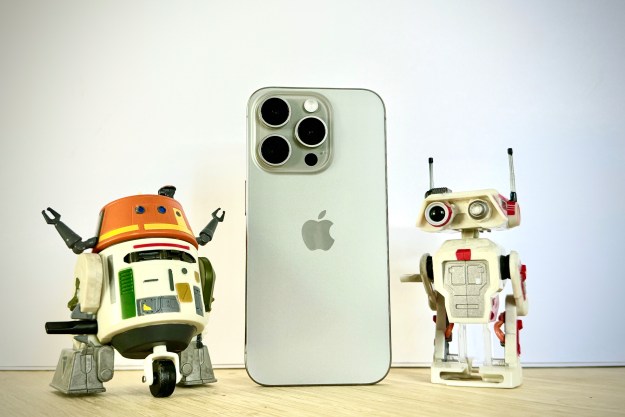We say “a version” because it doesn’t follow Lyft’s usual peer-to-peer model that allows regular folk with their own cars to offer paid-for lifts to other people.
Lyft’s original plan for a Big Apple launch earlier this month was scuppered after local officials insisted the startup had no authority to operate in the city. Following threats of hefty fines and even vehicle confiscations, Lyft put the launch on hold and entered into negotiations with the City and Taxi Limousine Commission (TLC), the Department of Financial Services, and the Attorney General’s office in a bid to resolve the dispute.
The various parties hammered out an agreement that means only commercially licensed drivers can offer rides, though Lyft believes that through continued negotiations with officials, it may eventually be able to implement the same peer-to-peer ride-sharing model it operates in other cities across the US.
“This agreement is the first big step in finding a home for Lyft’s peer-to-peer model in New York,” the startup said in a blog post over the weekend. “Community-powered transportation – neighbors driving neighbors in their personal cars – ensures broader access to more affordable rides in places with limited transit options, like the outer boroughs of Brooklyn and Queens.”
A statement on the Attorney General’s website confirmed that Lyft had “agreed to operate in New York State in full compliance with existing laws and regulations,” adding that the service would use “commercial drivers only.”
Lyft’s New York City service will compete with the likes of Uber, which, incidentally, operates under pretty much identical rules in the city with its similar UberX service. Lyft’s original plan had been to launch in Brooklyn and Queens only, though its slightly revised service now allows for pick-ups and drop-offs to be made across all five of the city’s boroughs.
Editors' Recommendations
- Uber and Lyft face a cheaper ridesharing rival in New York City
- Apple AirPods falling onto subway tracks is a problem in New York City


